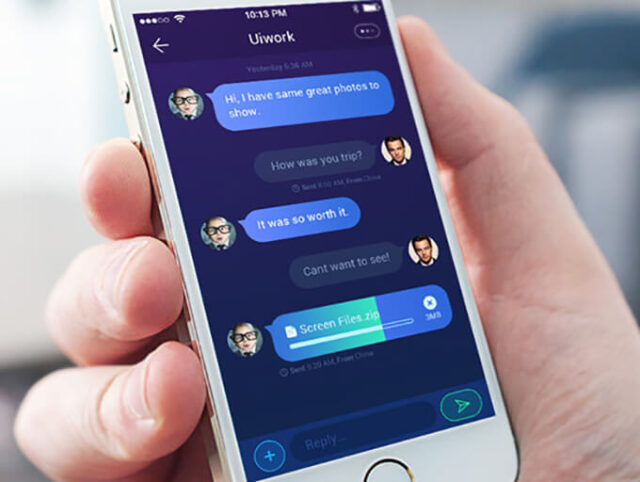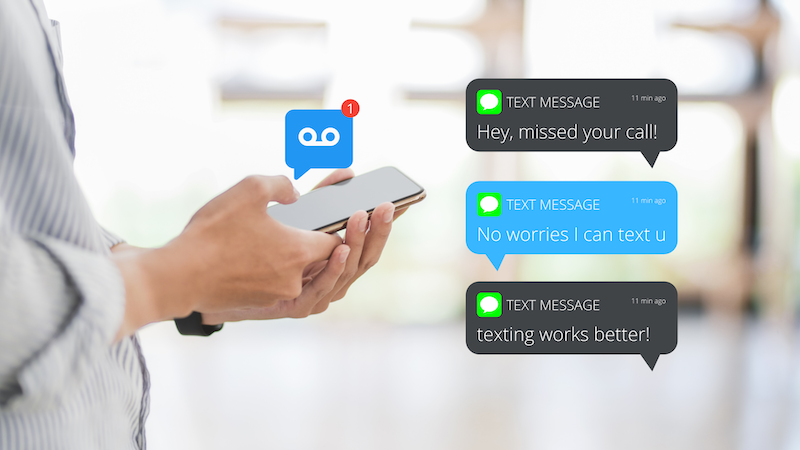In today’s fast-paced business environment, effective communication is essential for success. Real-time messaging apps provide a platform for teams to collaborate, share information, and make decisions quickly. If you’re looking to build a real-time messaging app for businesses, here’s a step-by-step guide to help you get started.

Table of Contents
Toggle1. Define Your Purpose and Target Audience
Before diving into development, clearly define the purpose of your messaging app. Consider the following:
- Target Audience: Identify who will use your app—employees within a specific industry, remote teams, or businesses of all sizes. Understanding your audience will shape your app’s features and design.
- Core Features: Determine the essential features your app will offer. Common features include one-on-one messaging, group chats, file sharing, voice and video calls, and integrations with other business tools.
2. Choose the Right Technology Stack
Selecting the right technology stack is crucial for building a scalable and efficient messaging app. Consider the following components:
- Frontend Development: Choose frameworks like React, Angular, or Vue.js for building the user interface. These frameworks allow for responsive and interactive web applications.
- Backend Development: Use Node.js, Django, or Ruby on Rails to handle server-side logic. A robust backend is essential for managing user data and real-time messaging.
- Database: Select a database solution that meets your needs. Options include SQL databases (like PostgreSQL or MySQL) for structured data or NoSQL databases (like MongoDB) for flexible data storage.
- Real-Time Communication Protocols: Implement WebSockets or HTTP/2 for real-time communication. WebSockets allow for persistent connections, enabling instant message delivery.
3. Design a User-Friendly Interface
A user-friendly interface is essential for ensuring that users can easily navigate and utilize your app. Consider the following design principles:
- Intuitive Layout: Organize the layout to make it easy for users to find features like chat lists, contact directories, and settings. Prioritize a clean and minimalistic design.
- Consistent Branding: Incorporate your brand colors, logos, and styles to create a cohesive look that resonates with users.
- Accessibility: Ensure your app is accessible to all users by following WCAG (Web Content Accessibility Guidelines) standards. This includes providing alt text for images, keyboard navigation, and color contrast.
4. Implement Key Features
Develop the core features of your messaging app to enhance user experience. Key features may include:
- User Authentication: Implement secure authentication methods, such as email/password login, single sign-on (SSO), or two-factor authentication (2FA).
- Messaging Functionality: Enable one-on-one and group messaging, including options for text, emojis, and multimedia attachments.
- Notifications: Integrate push notifications to alert users of new messages, mentions, or important updates.
- File Sharing: Allow users to share files and documents seamlessly within chats.
- Search Functionality: Implement a search feature to help users quickly find messages or files within conversations.
- Integration with Other Tools: Consider integrating your messaging app with popular business tools (e.g., project management software, calendars, or CRMs) to enhance productivity.
5. Ensure Data Security and Privacy
Data security is critical for any messaging app, especially for businesses handling sensitive information. Implement the following measures:
- End-to-End Encryption: Use encryption protocols to ensure that messages remain private and secure between users.
- Data Storage and Management: Implement robust data storage solutions and adhere to data protection regulations (like GDPR or HIPAA) to safeguard user information.
- User Control: Provide users with control over their data, including options to delete messages, manage permissions, and adjust privacy settings.
6. Test Your App Thoroughly
Thorough testing is essential to ensure your messaging app functions smoothly and meets user expectations. Consider the following testing methods:
- Usability Testing: Gather feedback from real users to identify usability issues and make improvements.
- Performance Testing: Evaluate your app’s performance under different conditions, including high user loads and network variability.
- Security Testing: Conduct security assessments to identify vulnerabilities and ensure data protection measures are effective.
7. Launch and Promote Your App
Once your app is ready, it’s time to launch and promote it. Consider the following strategies:
- Beta Testing: Release a beta version to a select group of users to gather feedback and make final adjustments.
- Marketing Strategy: Develop a marketing strategy that includes social media, content marketing, and partnerships to promote your app to your target audience.
- User Support: Establish a support system to assist users with any questions or issues they may encounter.
8. Gather Feedback and Iterate
After launch, continue to gather user feedback to identify areas for improvement. Use analytics tools to track user behavior and engagement metrics. Regularly update your app with new features, enhancements, and bug fixes to keep users satisfied and engaged.
Conclusion
Building a real-time messaging app for businesses can significantly enhance communication and collaboration within teams. By following this guide, you can create a user-friendly and secure app that meets the needs of your target audience. Embrace the power of real-time messaging and watch your business thrive in an increasingly connected world!


No responses yet